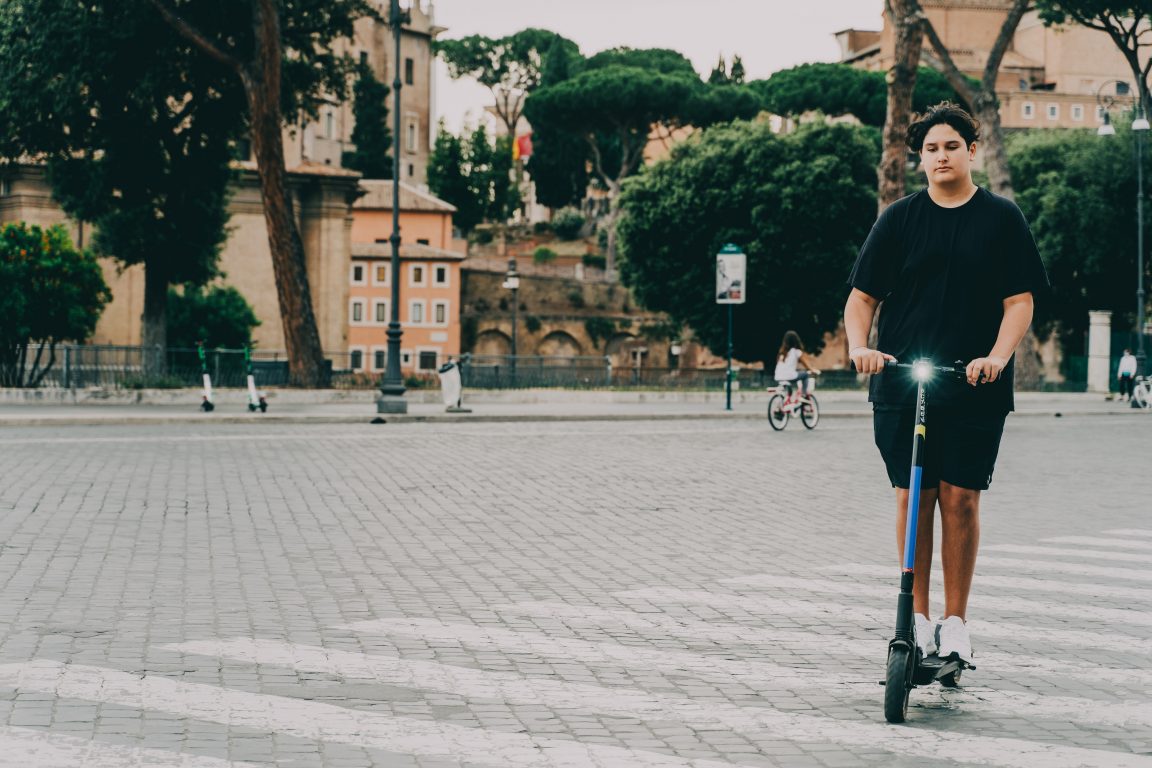Video Topic Factsheet: Active Transportation

Background:
Car emissions, engines, metal bodies, brake pads, and tires all shed pollutants including polycyclic aromatic hydrocarbons (PAHs), benzene, formaldehyde, chromium, copper, zinc, arsenic, mercury, oils, and grease. Streets and bridges shed pollution from cars into our streams by way of storm drains. Outdoor stacks of used tires also leach pollution into rainwater. Some pollutants attach to soil and move into streams as soil is washed away.
Metals used for cars parts, like copper, nickel, and zinc, are toxic to fish. Fish are more sensitive to metals than people. For example, people can safely swim in water with copper, but it inhibits a salmon’s sense of smell, making it less likely to detect a warning pheromone from another salmon.
Here are some facts and ideas to help you choose a theme for your video:
- Pollution from cars can be deadly to fish. In Seattle, salmon that returned to a restored stream turned upside down and began gasping for air after swimming in stormwater that drained from a road and mixed with the stream water. Read about it and watch a video here.
- A good way to reduce car-related water pollution is to drive less. Use alternative transportation whenever you can (walking, biking, scootering, skateboarding, rollerblading, carpooling, or mass transit), and drive when you need to. Explore how using the best form of transportation for the trip can reduce water pollution. Active transportation is good for everyone!
- Reduce car-related pollution by making maintenance choices with clean water in mind. When you replace your car’s brake pads, ask for low/no copper parts. If your car leaks, use a drip pan and clean up oil on pavement with kitty litter and a broom. Never dump auto fluids on the ground or into streets or storm drains.
- Wash your car at a car wash, not in your driveway where the wash water can make its way to storm drains. Detergents (even those labeled biodegradable) and grease from dirty cars is dangerous to streams. Dirty water from commercial car washes goes to wastewater treatment plants where pollutants are filtered out. If you do wash your car at home, make sure wash water soaks into the ground and doesn’t run into the street. Watch this short video that shows one way to safely wash cars at home.
- Choices you make today will affect the world of your future! Think about ways young people can protect rivers and streams by reducing their current and future dependence on cars.

